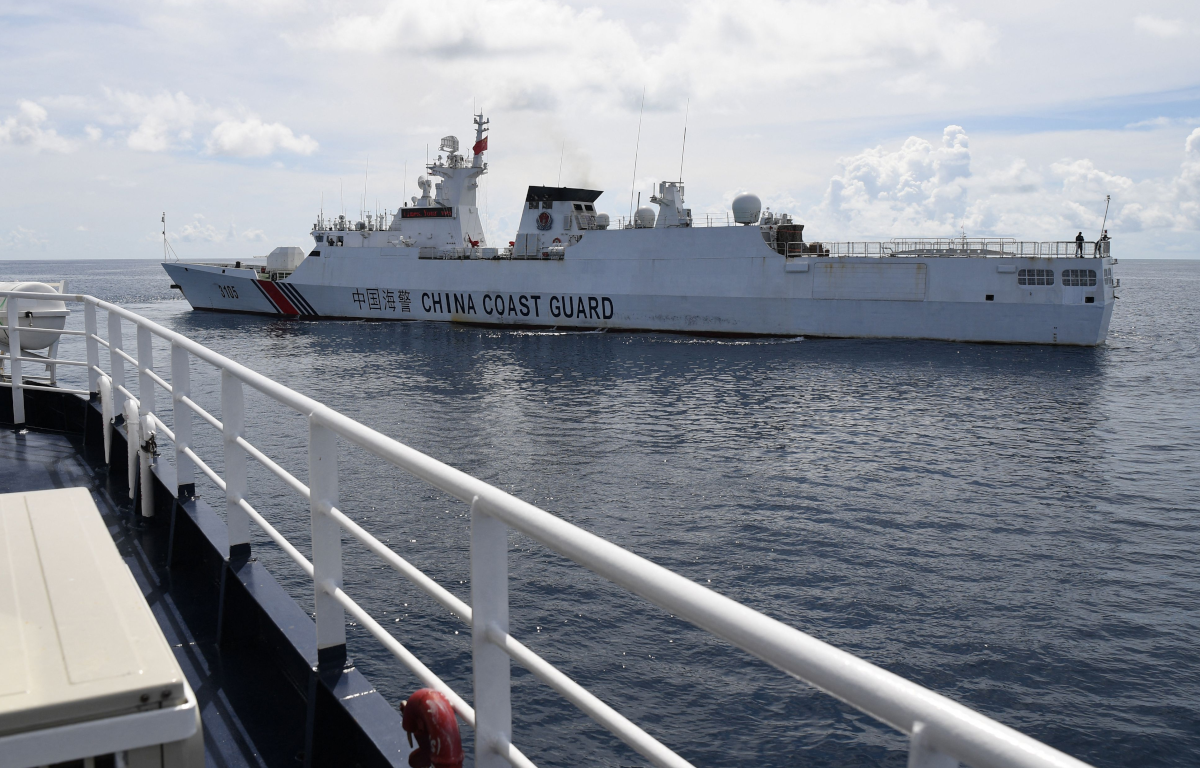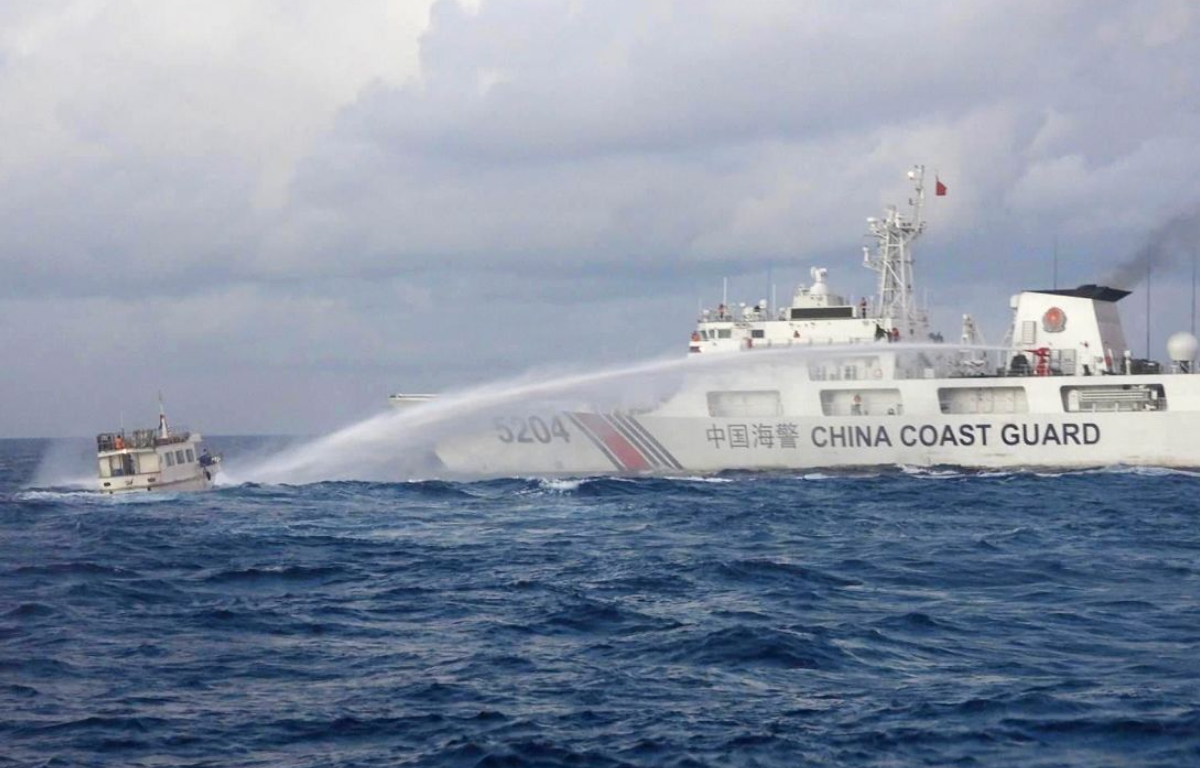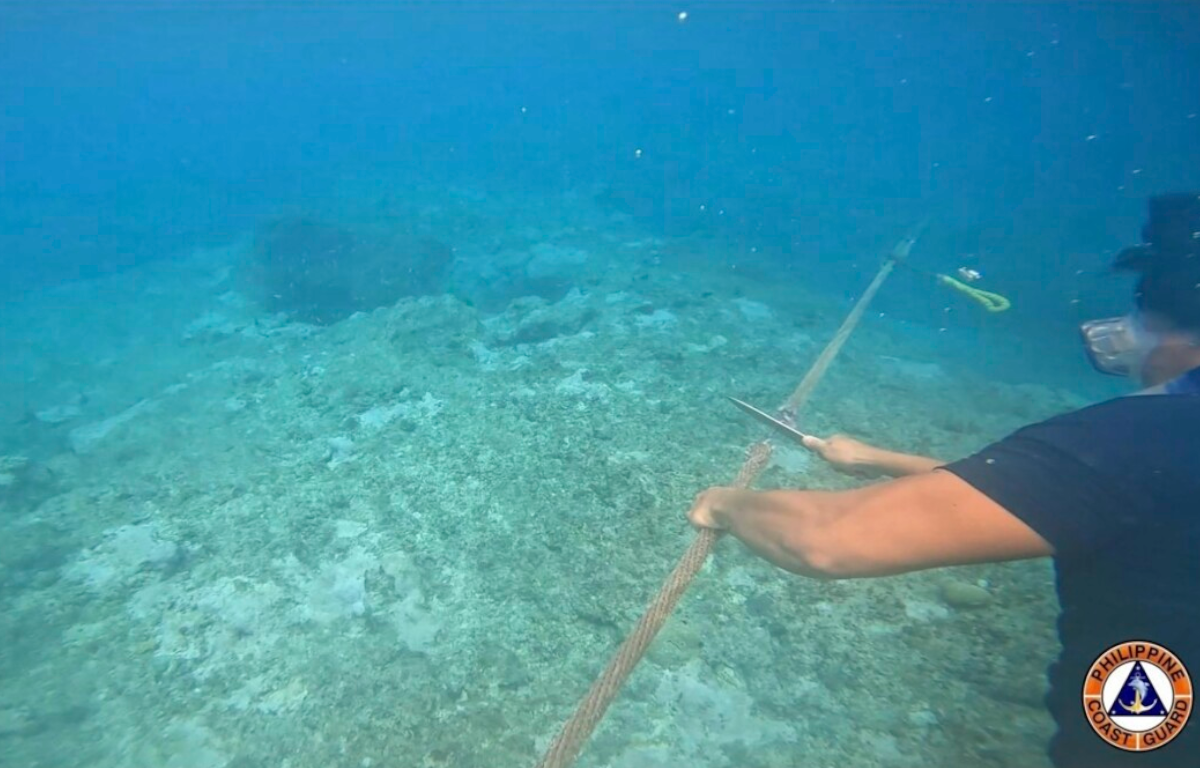
The South China Sea is a prime example of China’s maritime assertiveness. This semi-enclosed sea is bordered by several countries, including China, Taiwan, Vietnam, the Philippines, Malaysia, and Brunei. It is not only a critical maritime trade route but also rich in natural resources. China’s aggressive territorial claims in the form of the infamous “nine-dash line” have led to escalating tensions in the region.
One of China’s most notable moves has been the construction of artificial islands and military facilities in disputed waters. These actions have raised concerns about freedom of navigation and the militarization of the South China Sea. To keep tabs on China’s activities in this region, countries like the United States regularly conduct freedom of navigation operations (FONOPs) to assert their rights under international law.
China’s Belt and Road Initiative (BRI) is another dimension of its maritime strategy. The BRI aims to connect China to Europe, Africa, and beyond through a network of infrastructure projects, many of which involve maritime routes. The expansion of Chinese-funded ports and shipping lanes along these routes has raised concerns about China’s economic and strategic influence.
While the BRI promises economic development for participating countries, critics argue that it can lead to debt dependency and potential military access for China. Monitoring the progress of BRI projects and their implications for regional dynamics is essential for understanding China’s maritime influence.
Taiwan remains a highly sensitive issue in China’s maritime strategy. China considers Taiwan a part of its territory and has not ruled out the use of force to achieve reunification. This has led to increased military posturing, including regular Chinese military exercises in the Taiwan Strait.
The international community closely watches these maneuvers, as any conflict in the Taiwan Strait could have far-reaching implications. The United States, in particular, has expressed strong support for Taiwan and has increased its naval presence in the region to deter any aggressive moves by China.
China’s maritime interests extend beyond the South China Sea. The Indian Ocean has become a focal point for its naval activities. China has established a military base in Djibouti, its first overseas military outpost, and regularly conducts naval exercises in the region. This presence has raised concerns about China’s intentions and its ability to project power into key maritime chokepoints.
To keep tabs on these developments, countries bordering the Indian Ocean, such as India and the United States, have strengthened their maritime cooperation and surveillance efforts. They aim to maintain a balance of power and ensure the freedom of navigation in this crucial maritime region.
Understanding China’s maritime maneuvers is essential for maintaining regional stability and safeguarding international interests. As China’s maritime activities continue to evolve, it is crucial for countries to maintain vigilance, promote transparency, and uphold the principles of international law in the maritime domain.
By keeping tabs on China’s actions, the international community can engage in constructive dialogue, address potential issues diplomatically, and work toward a more stable and secure maritime environment that benefits all nations involved.










Share this: